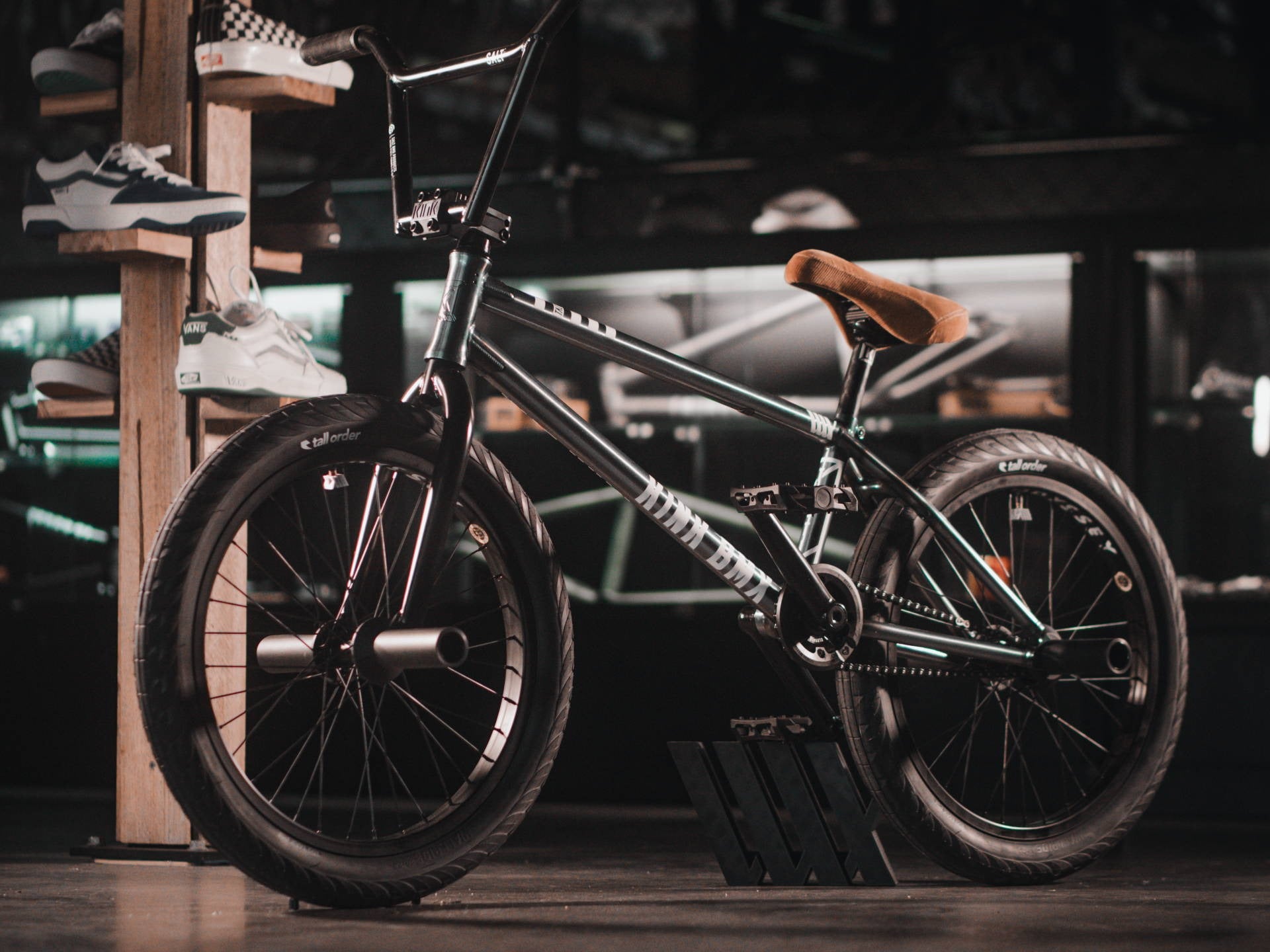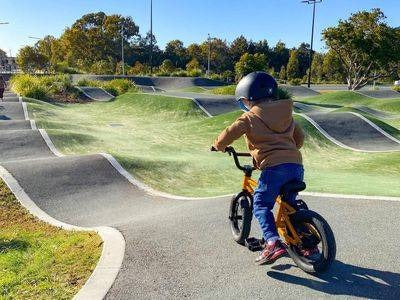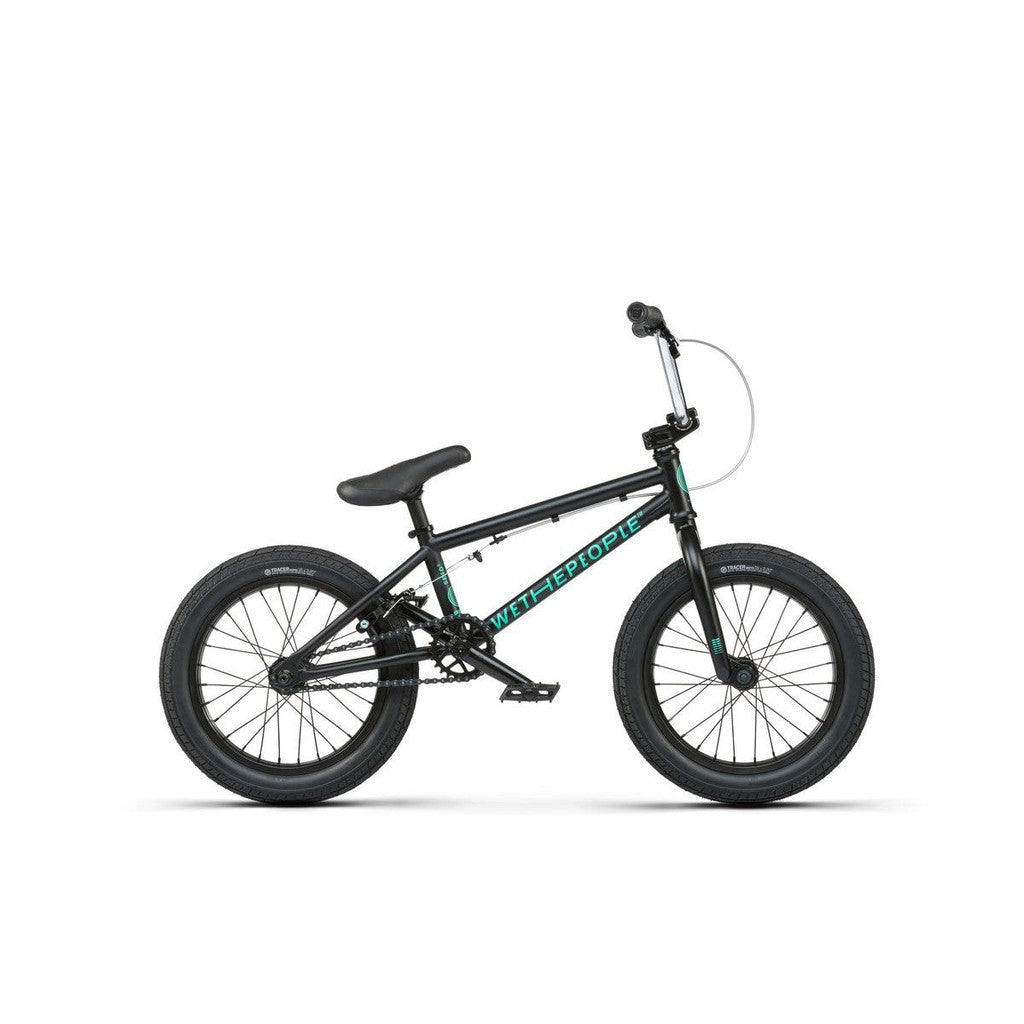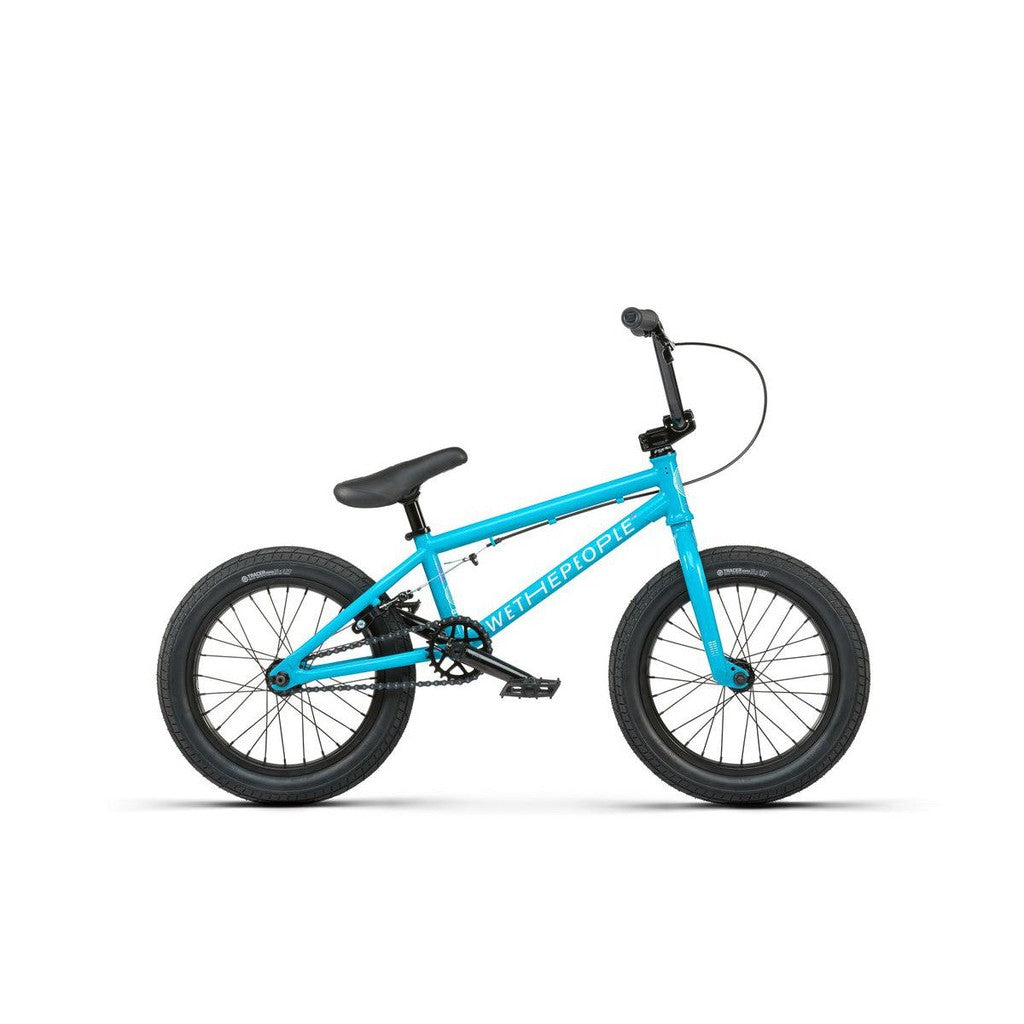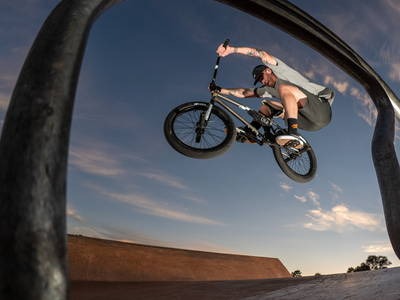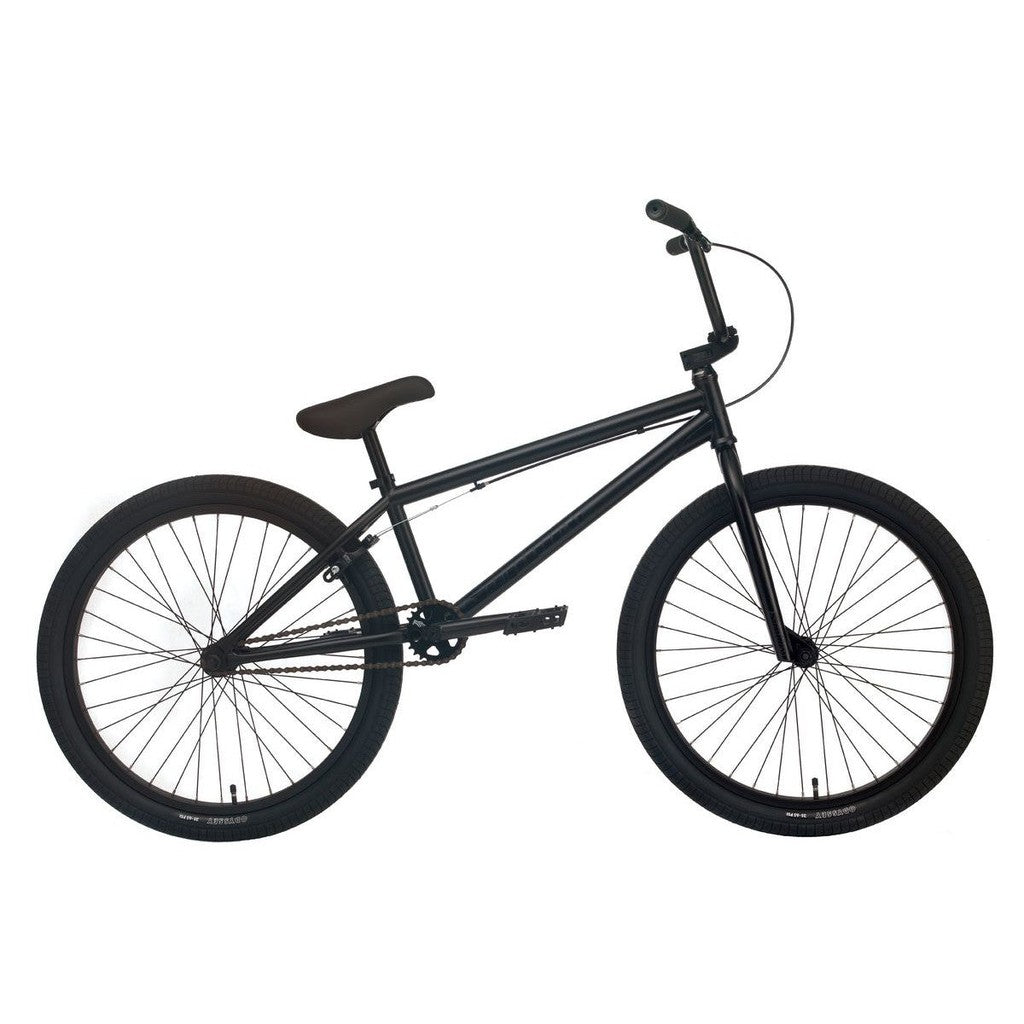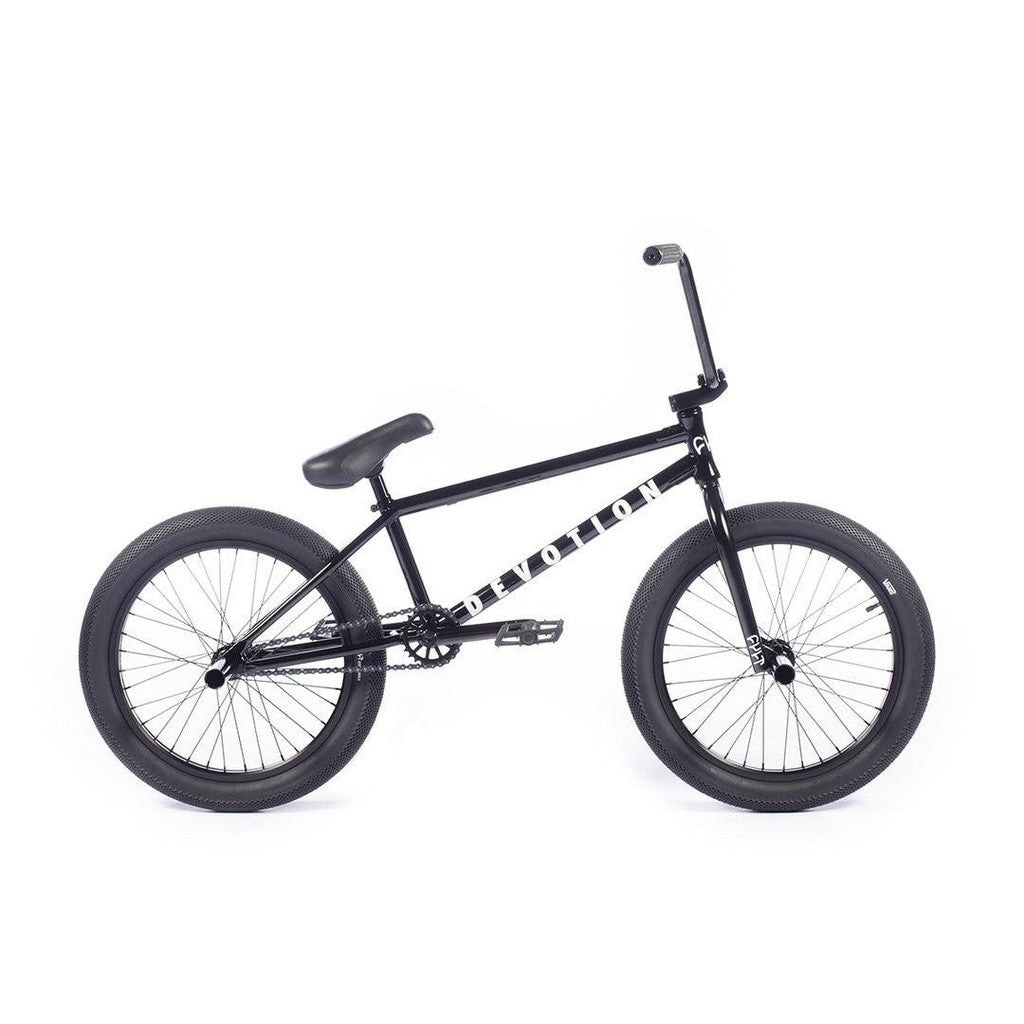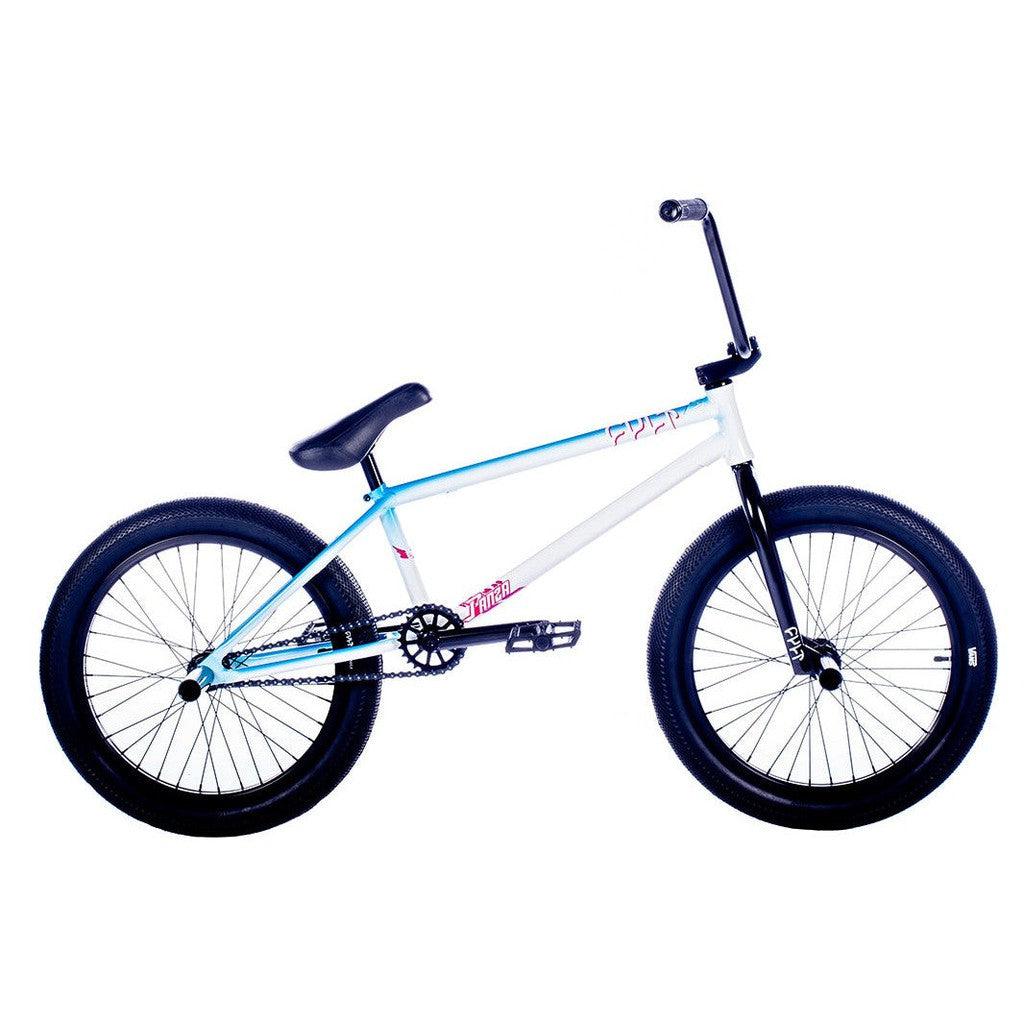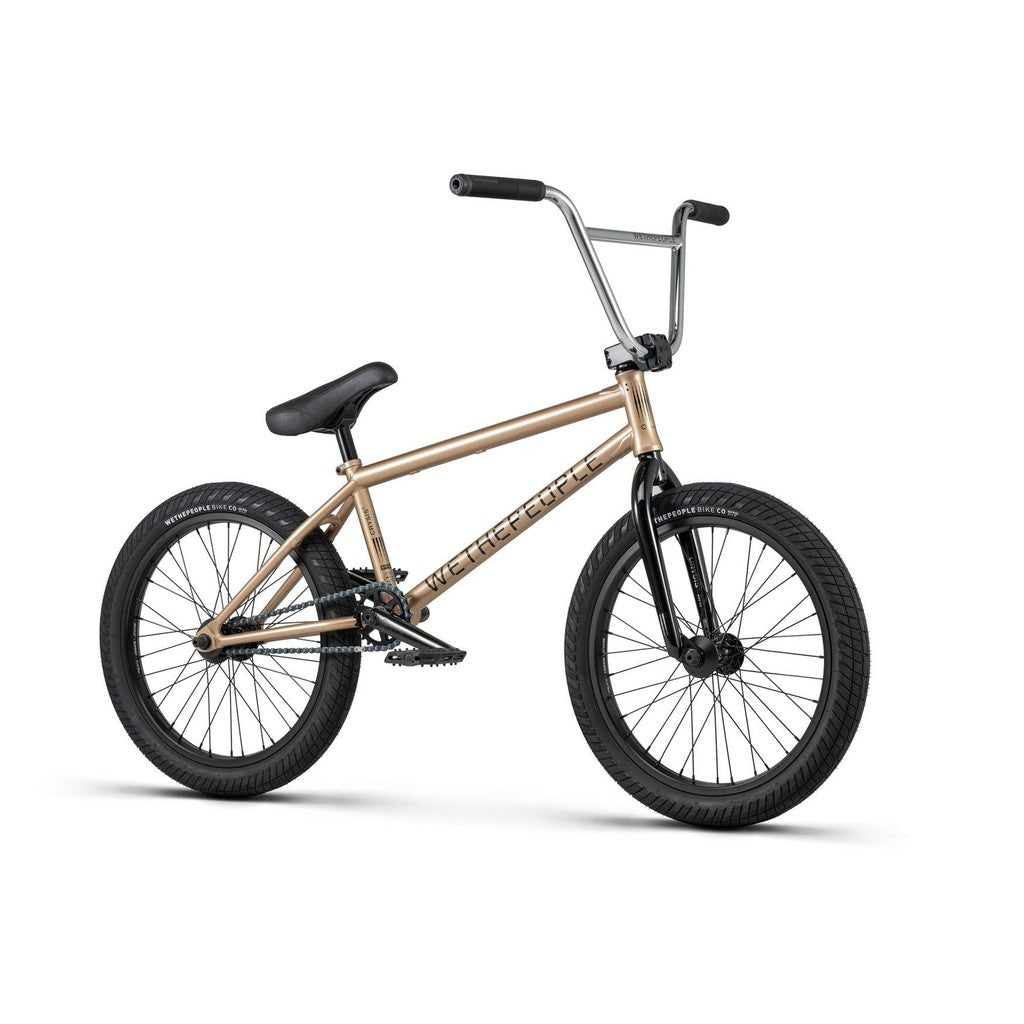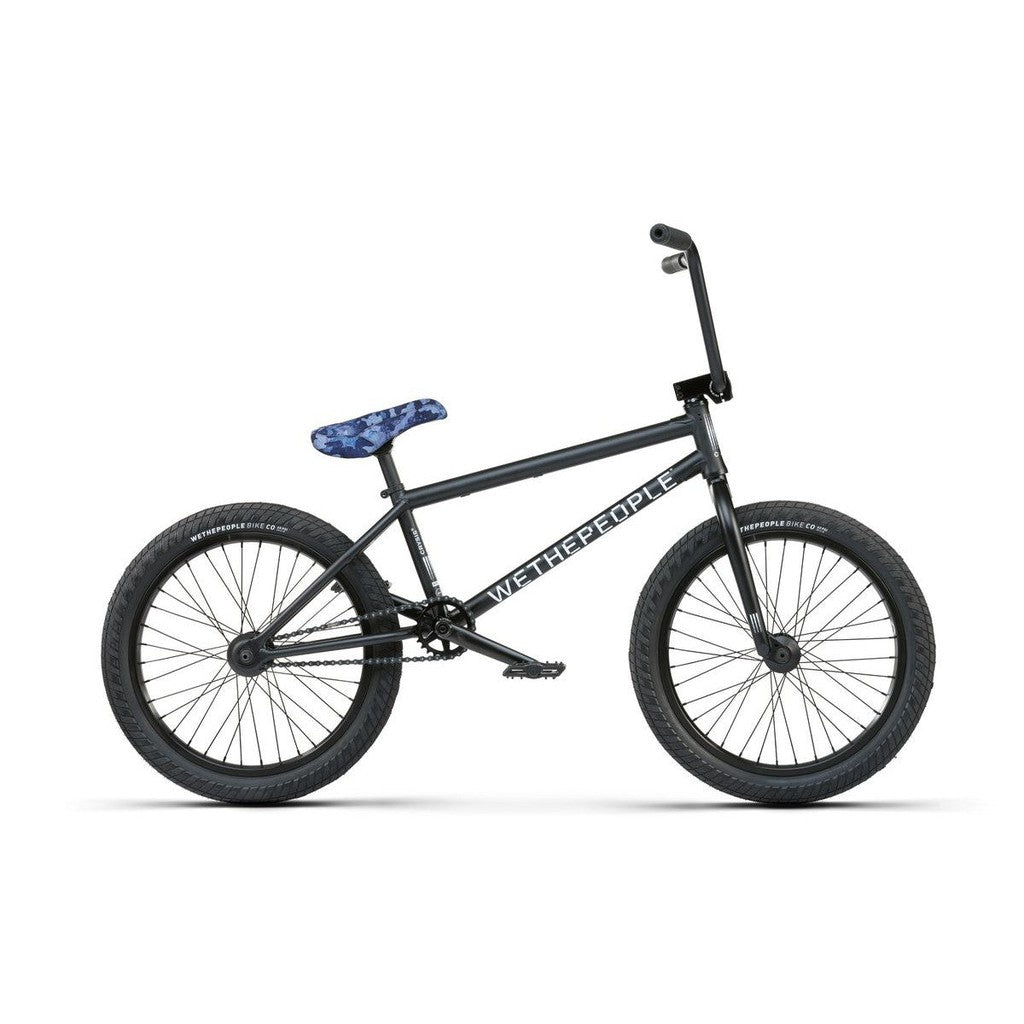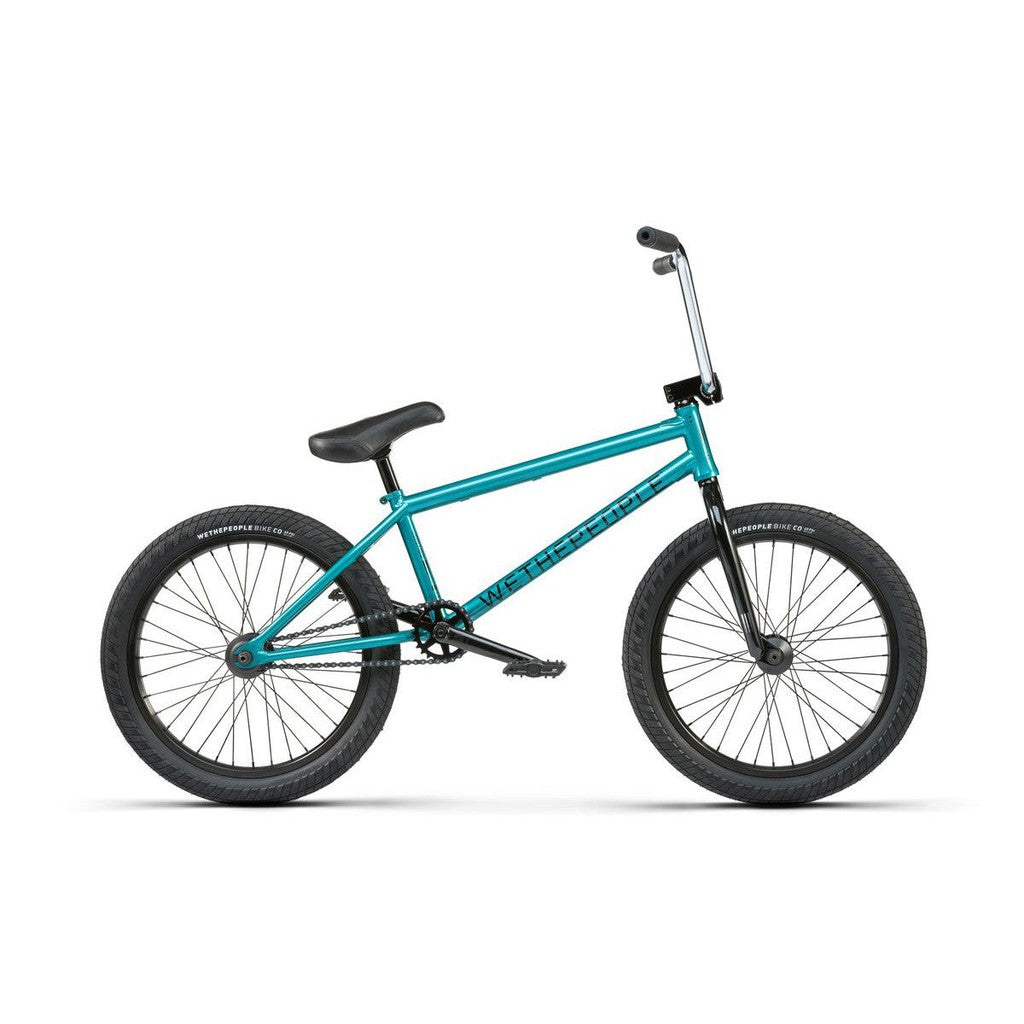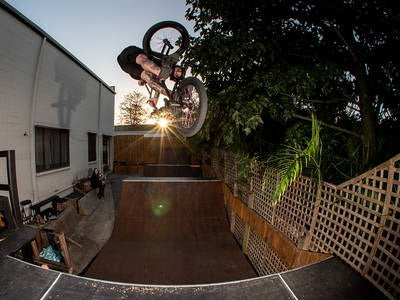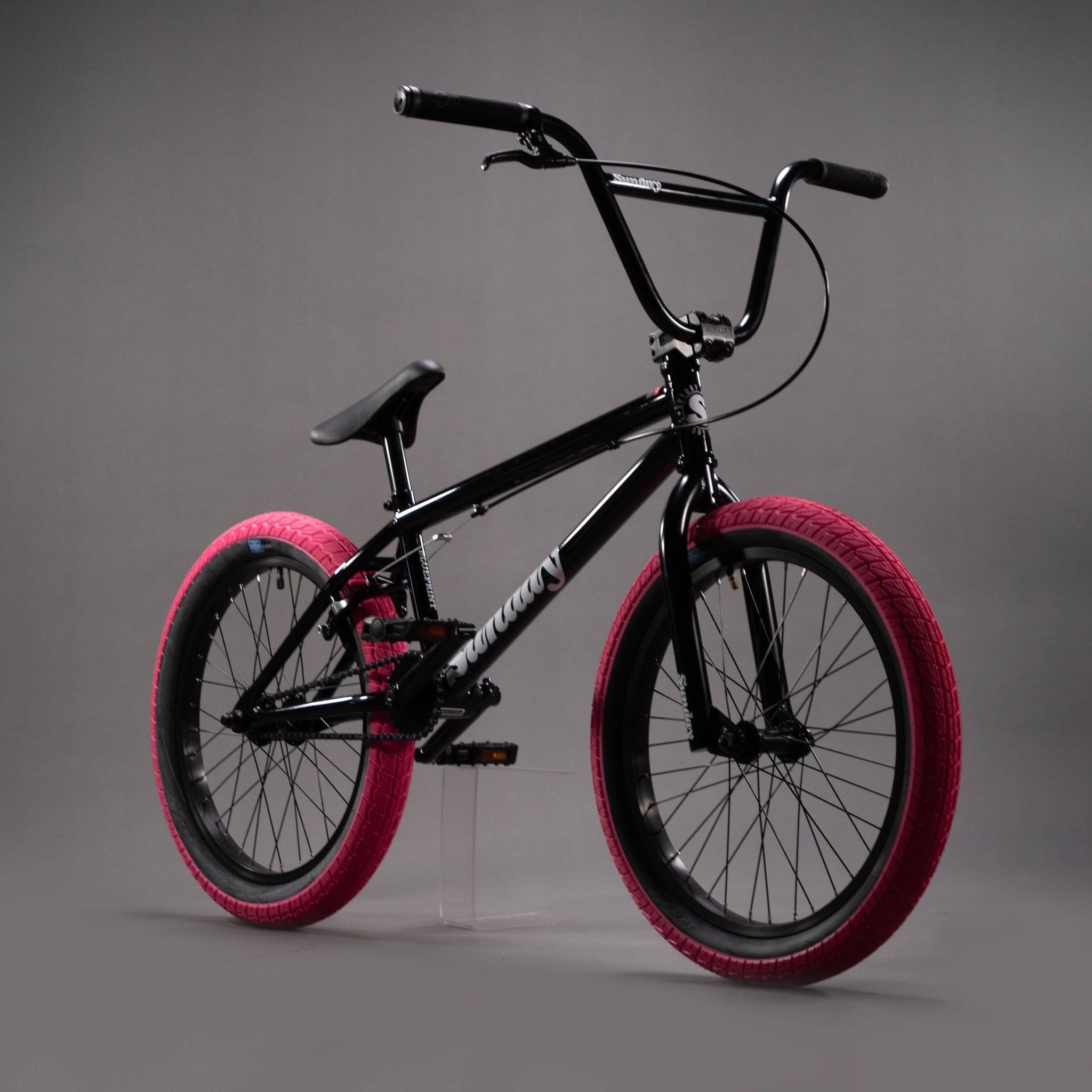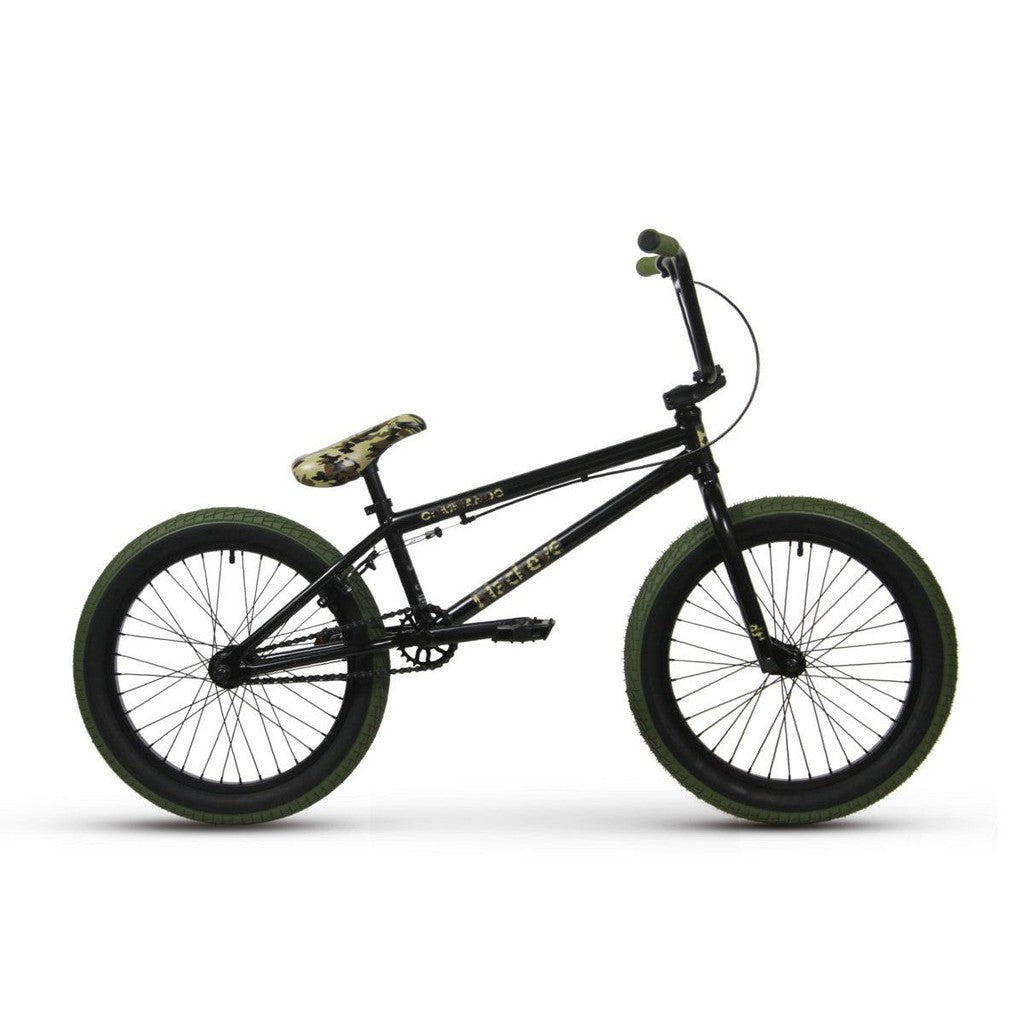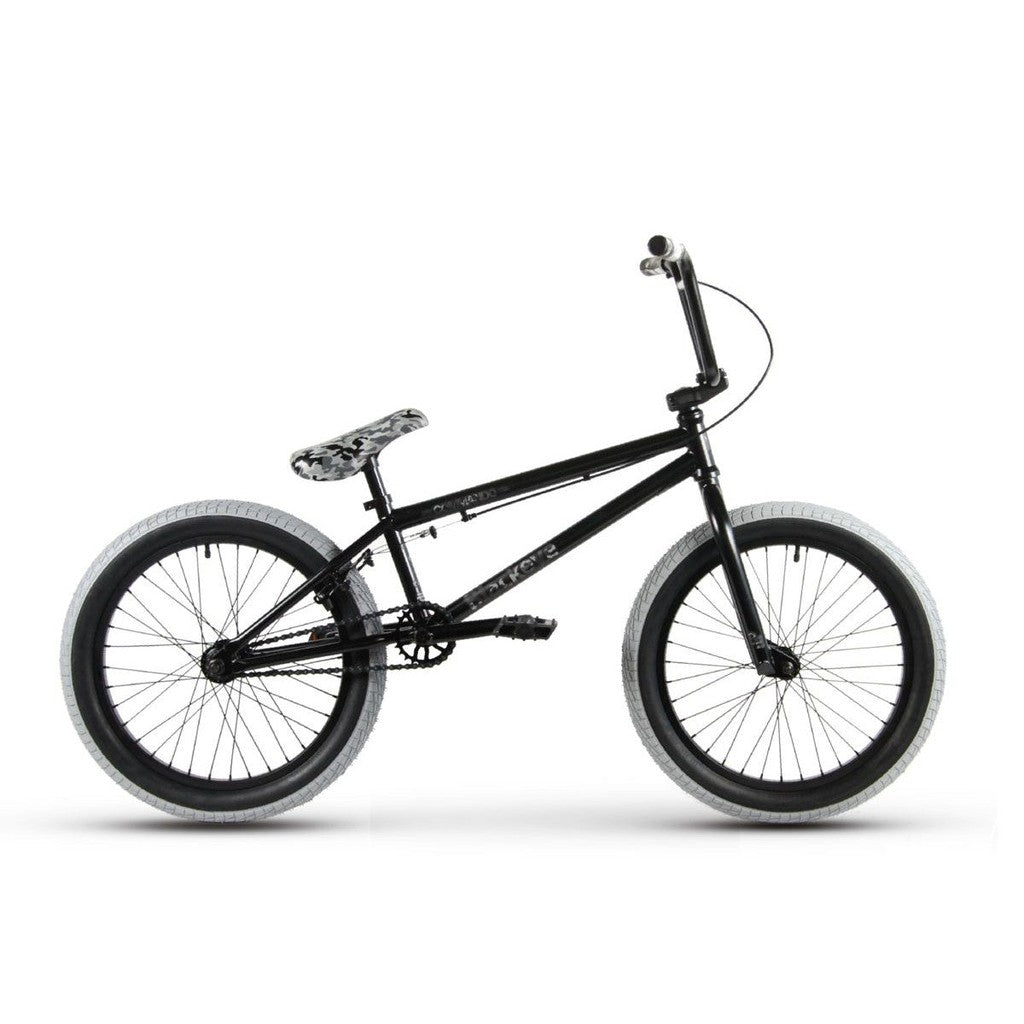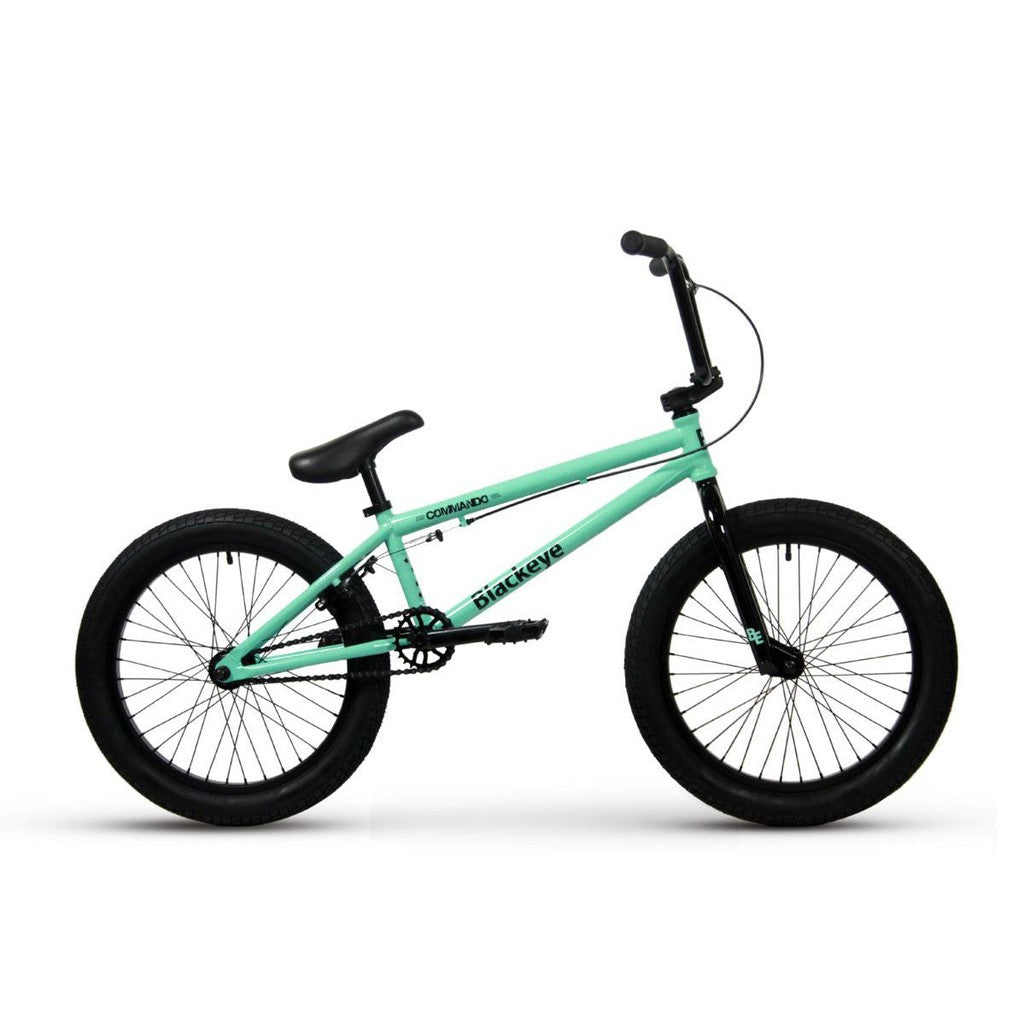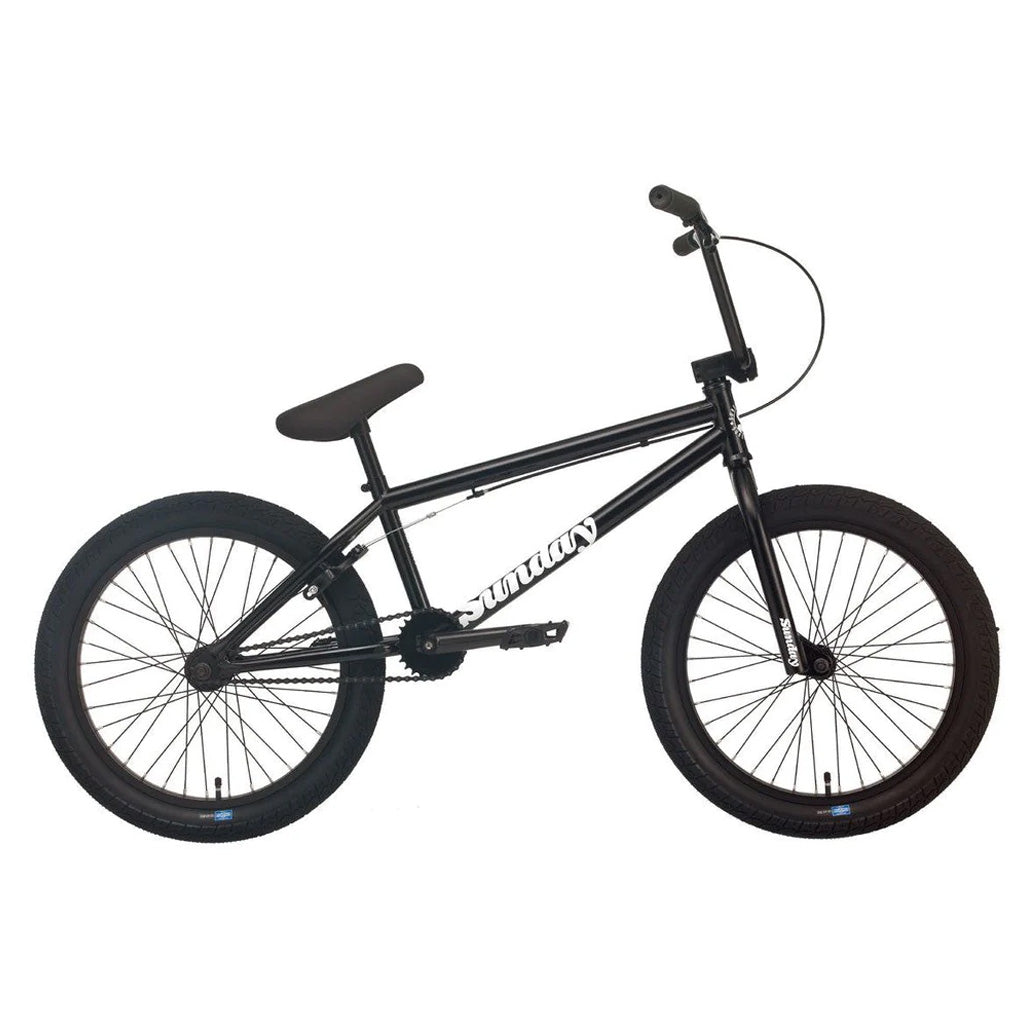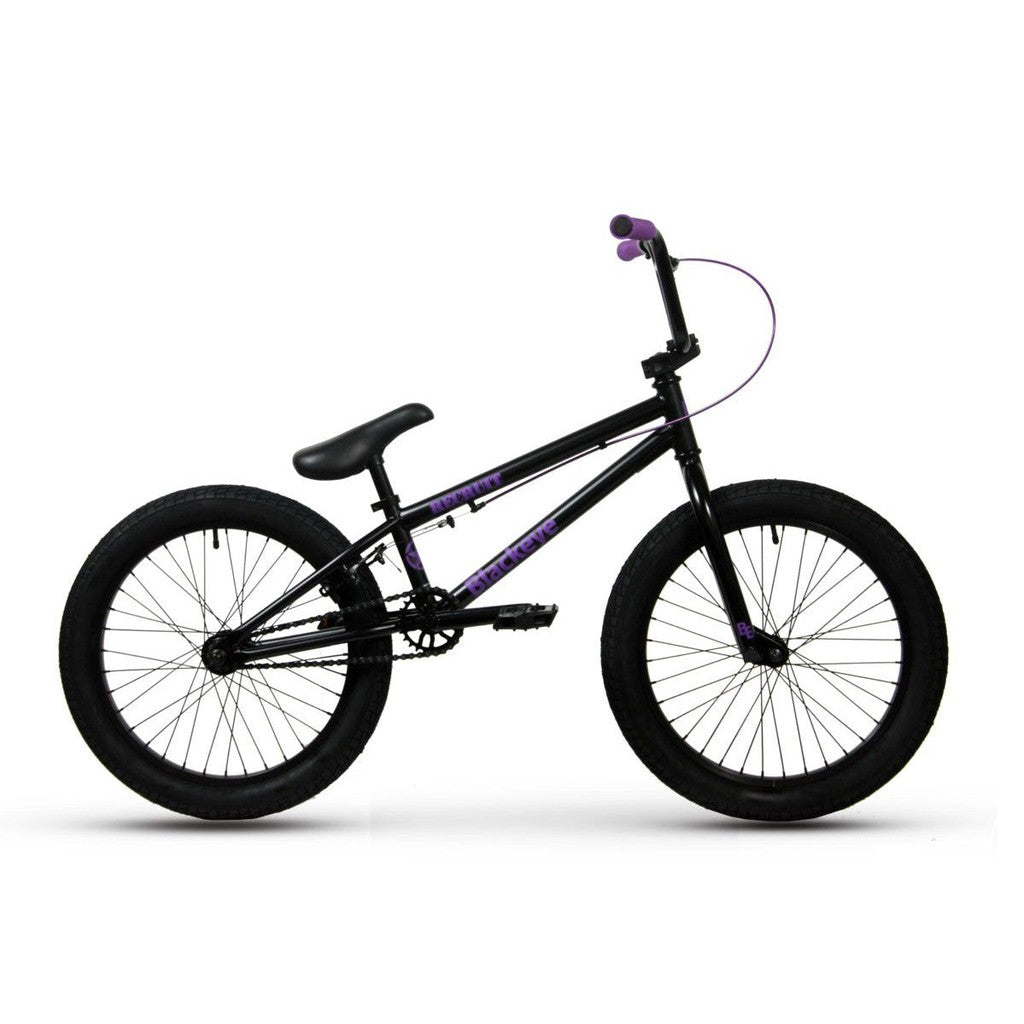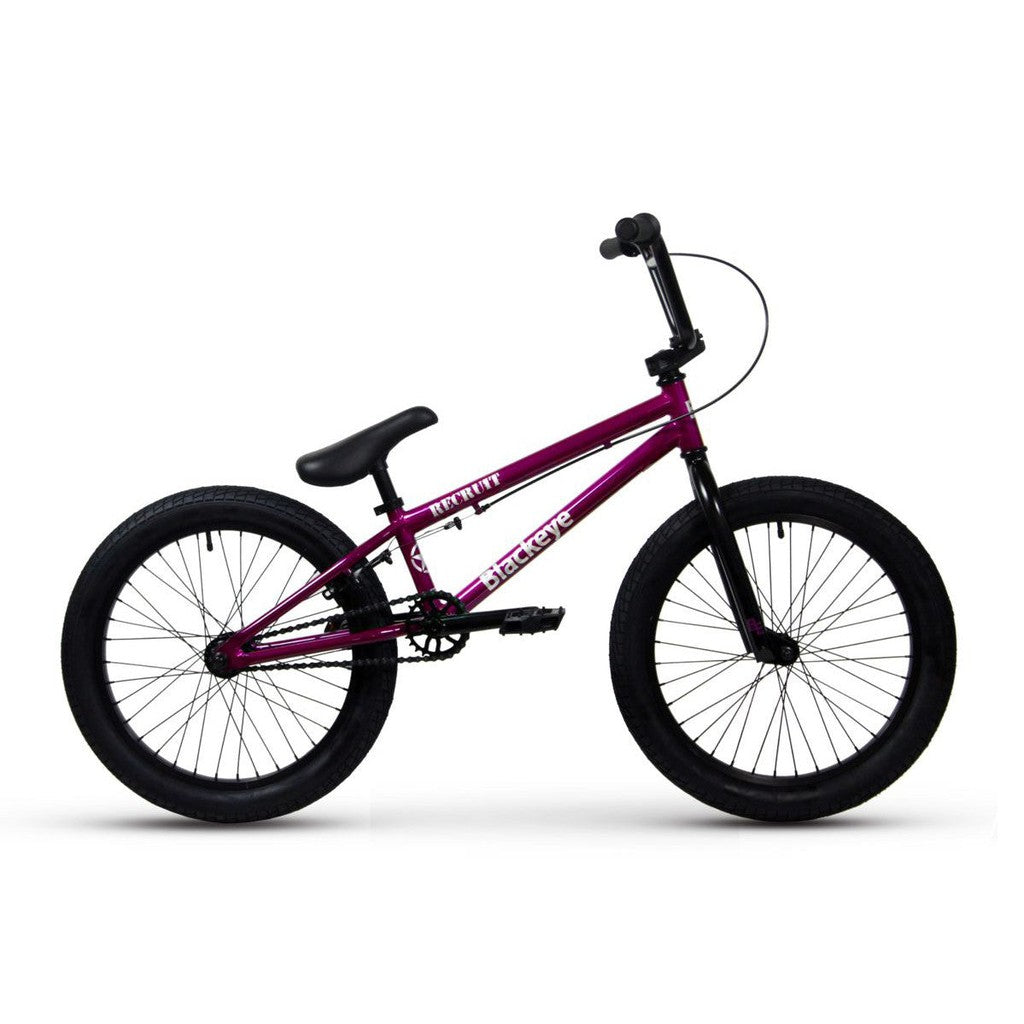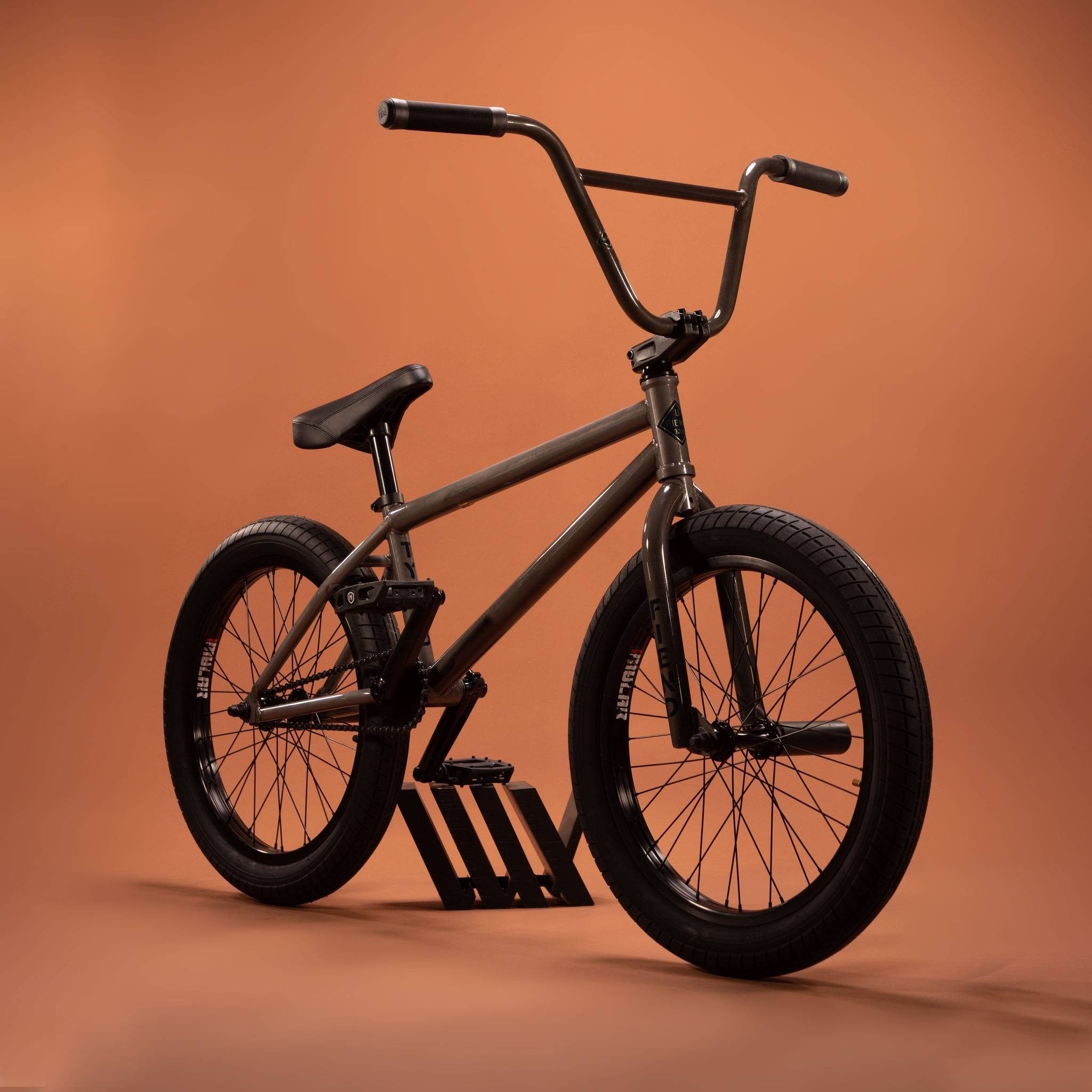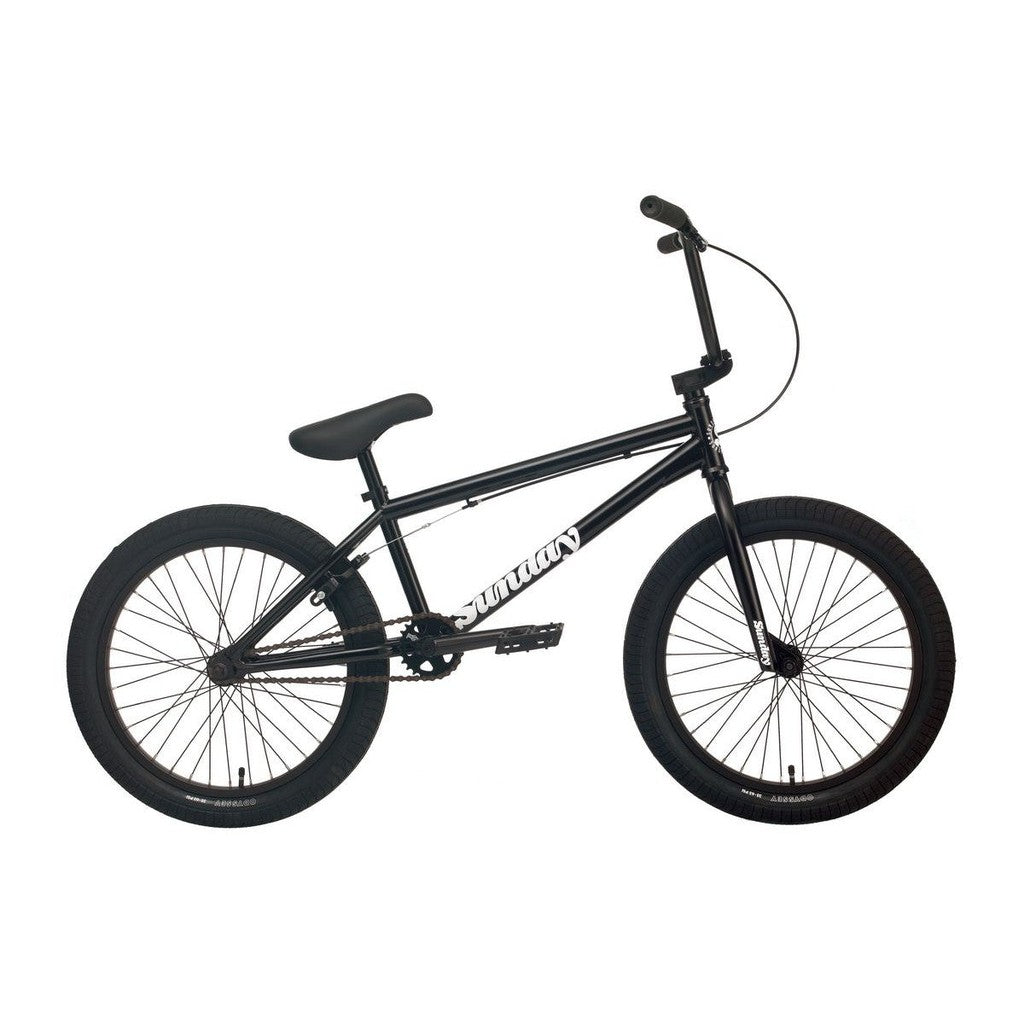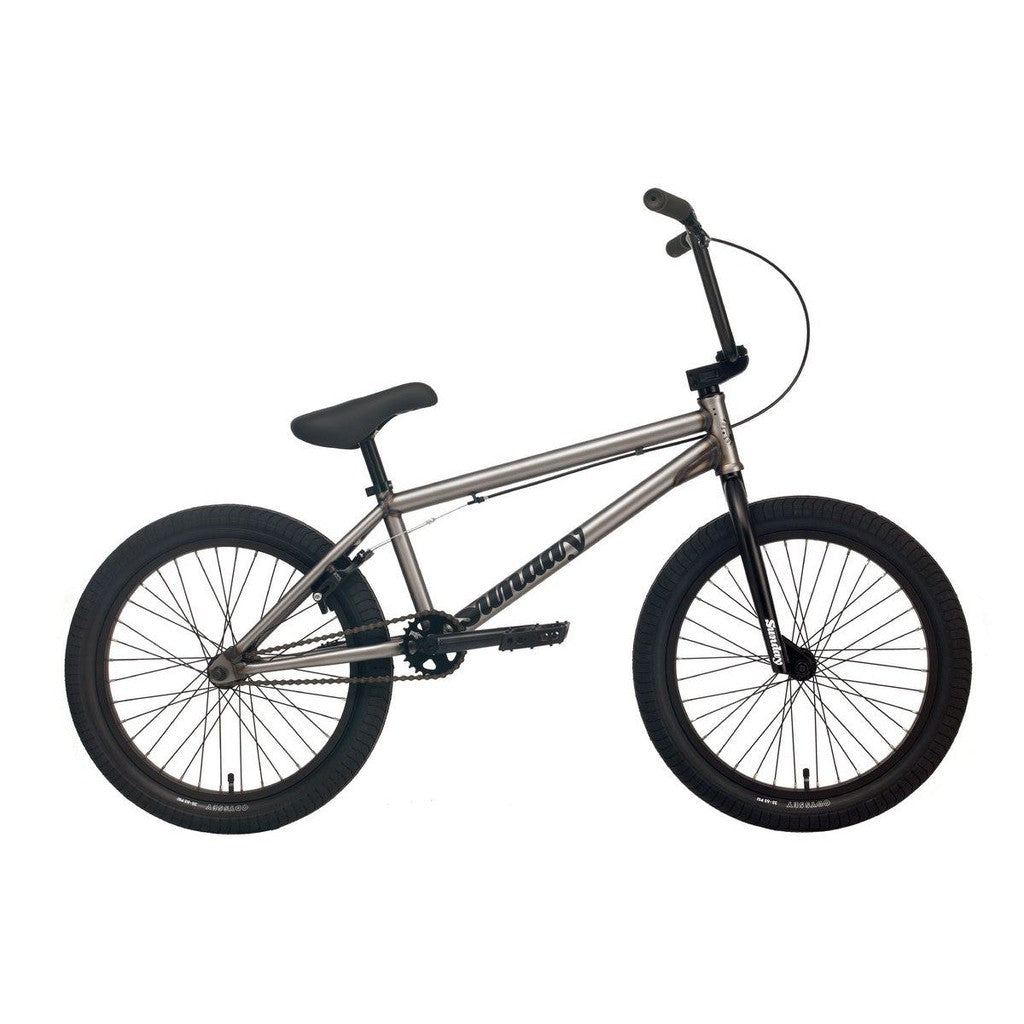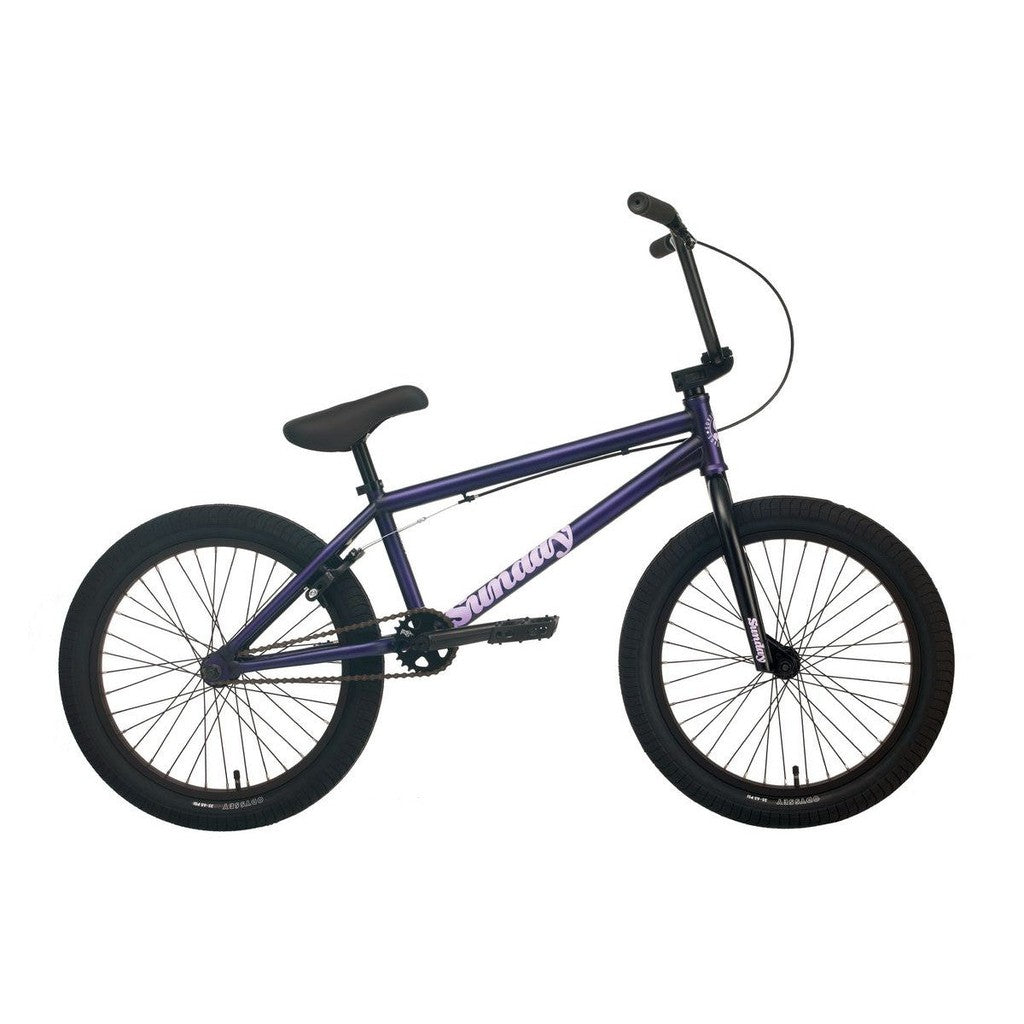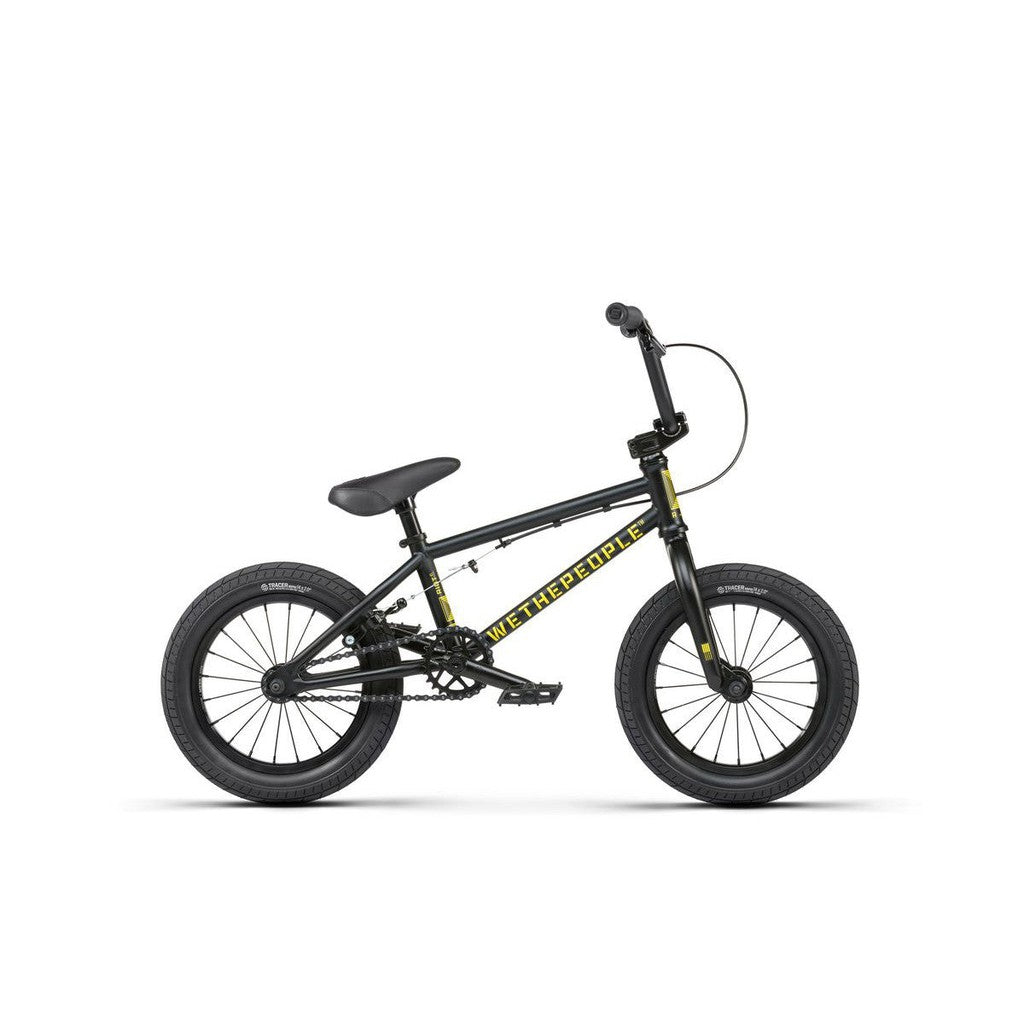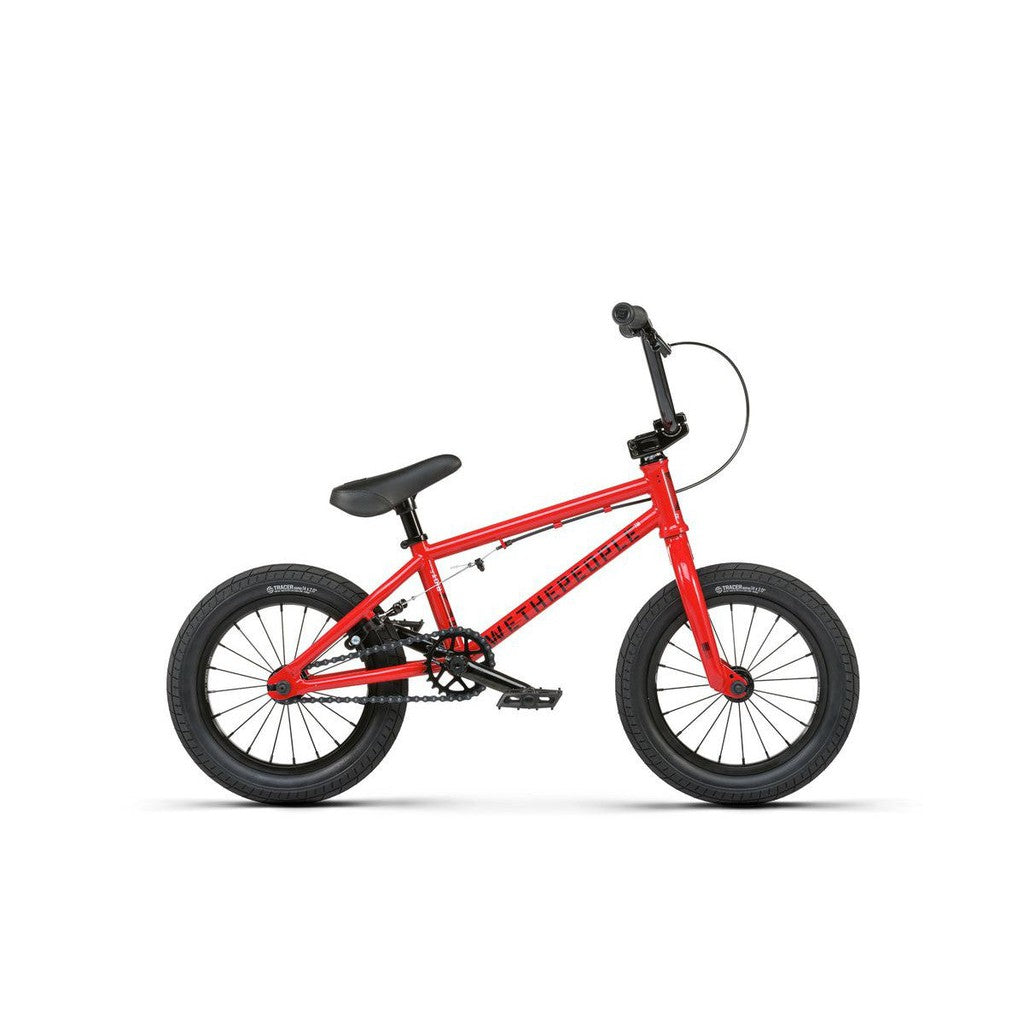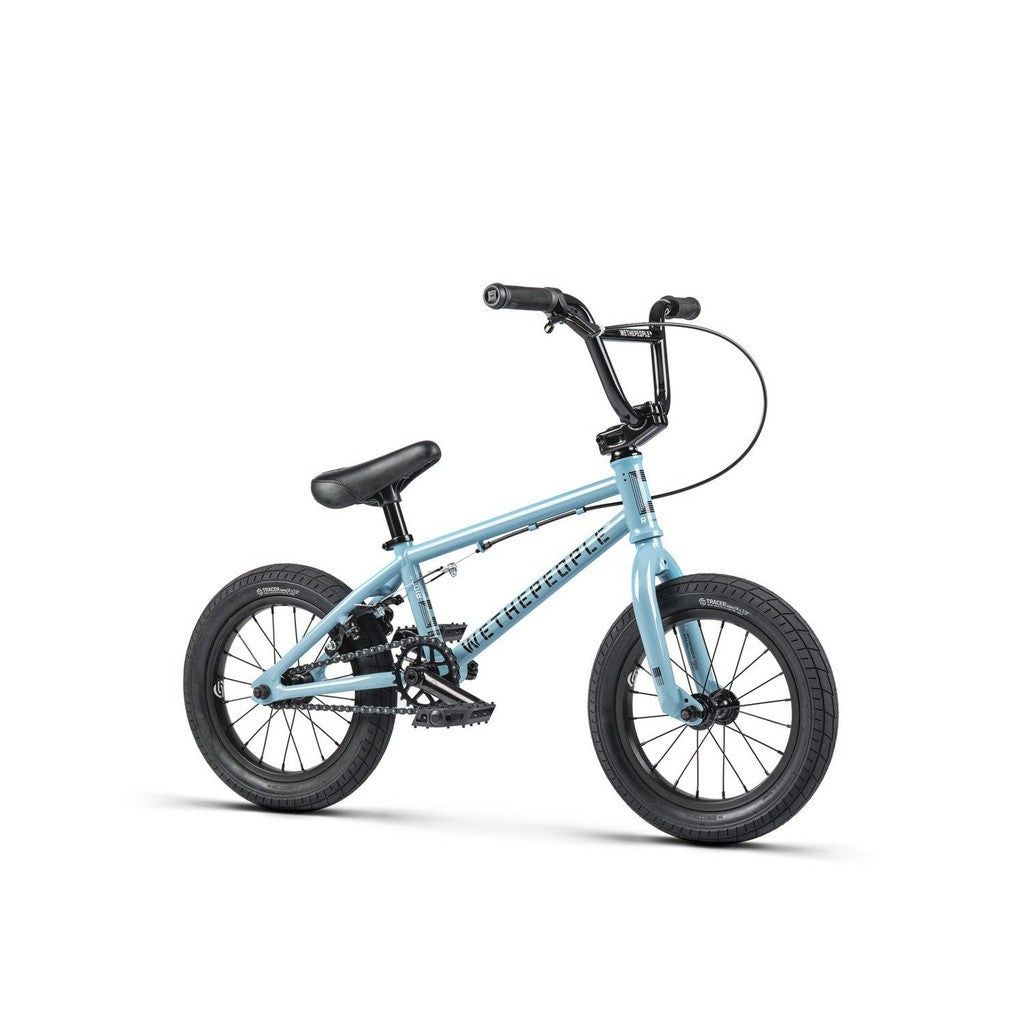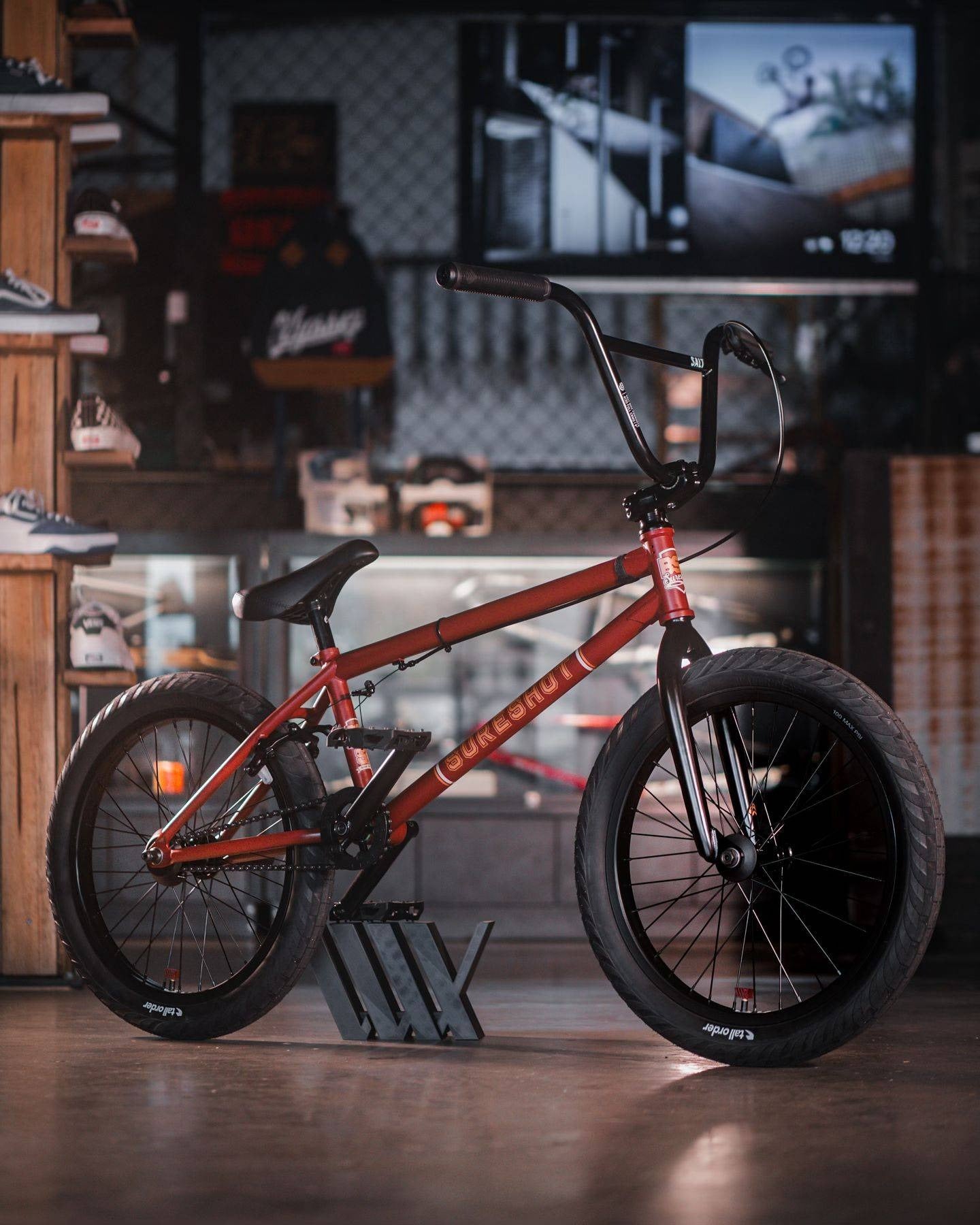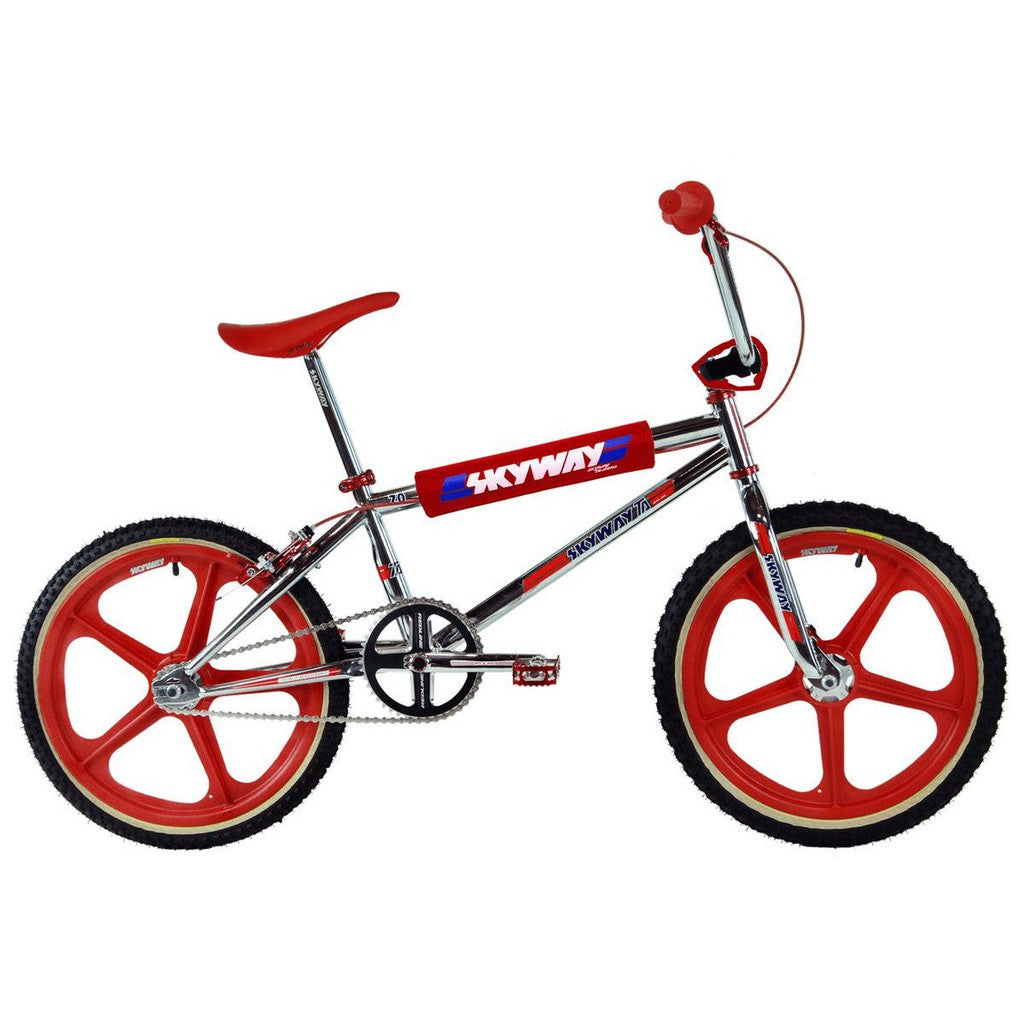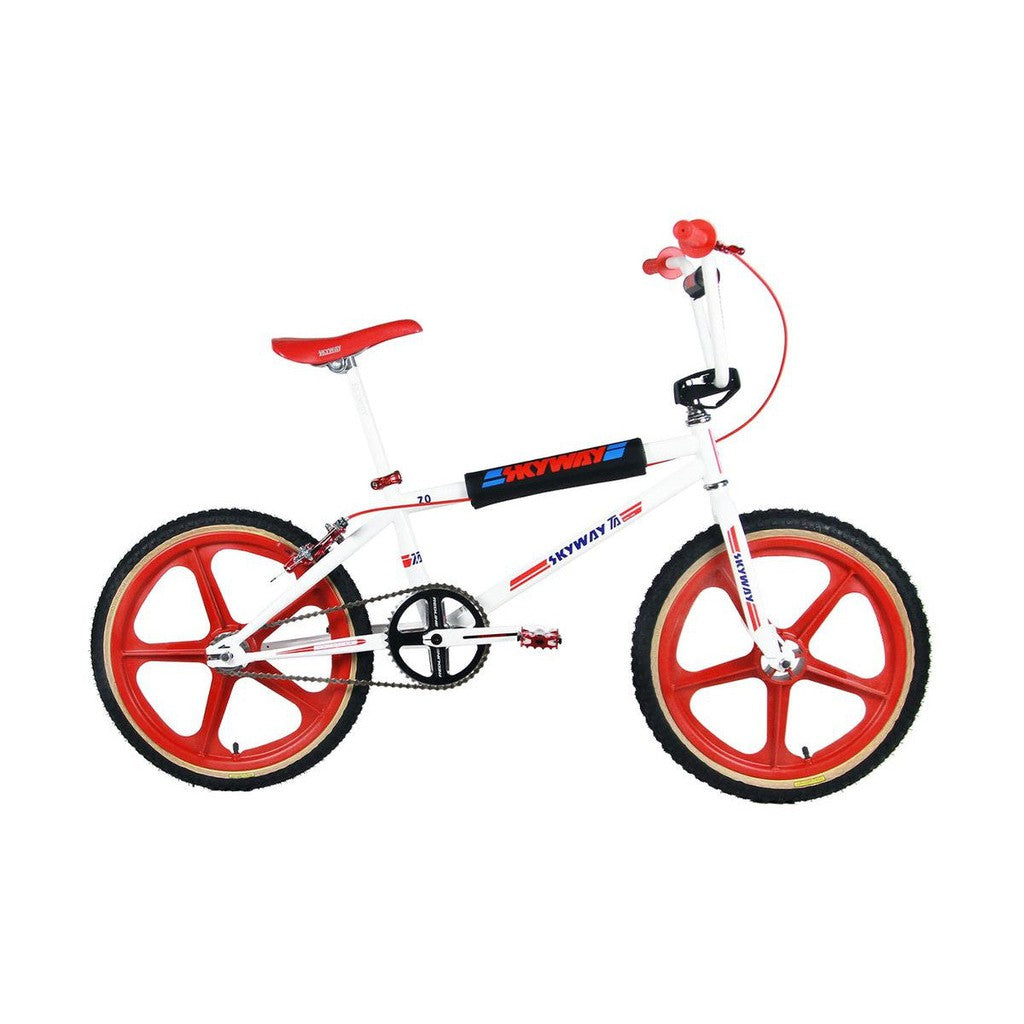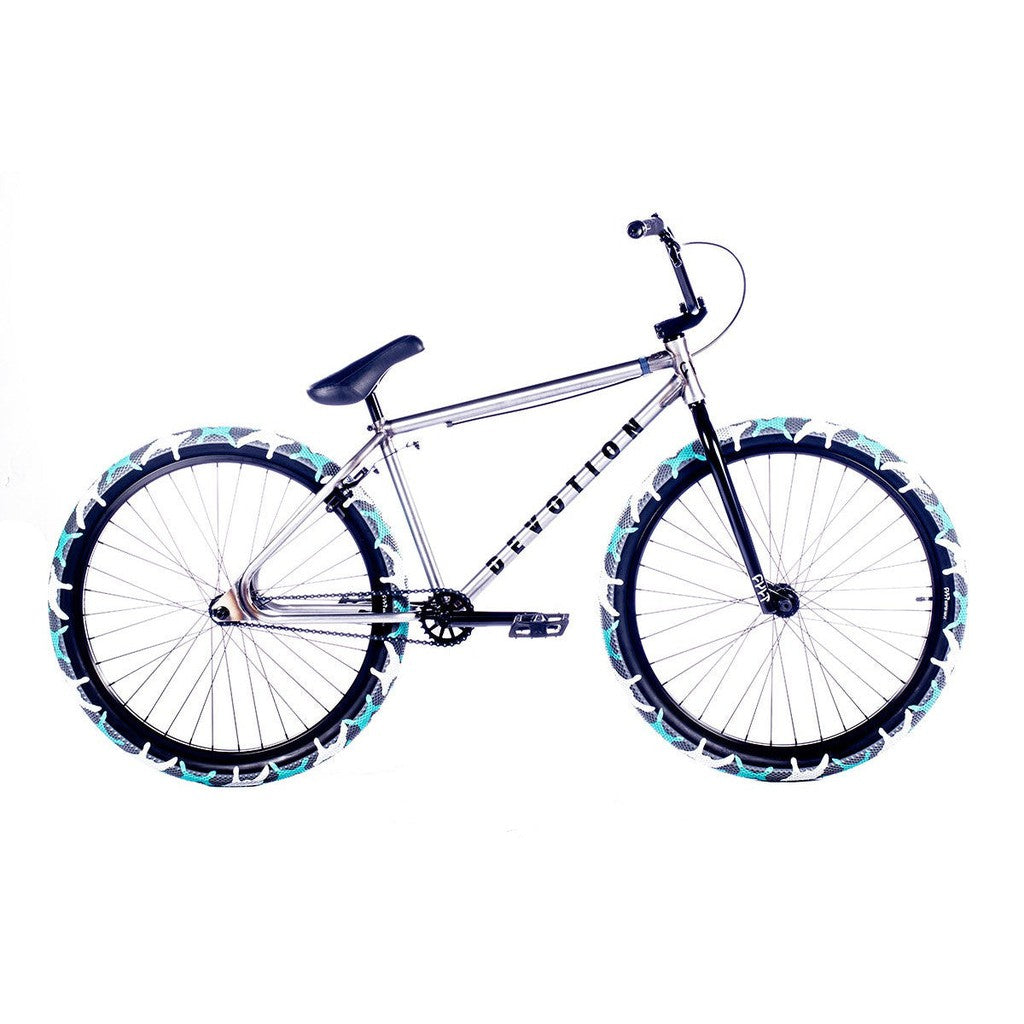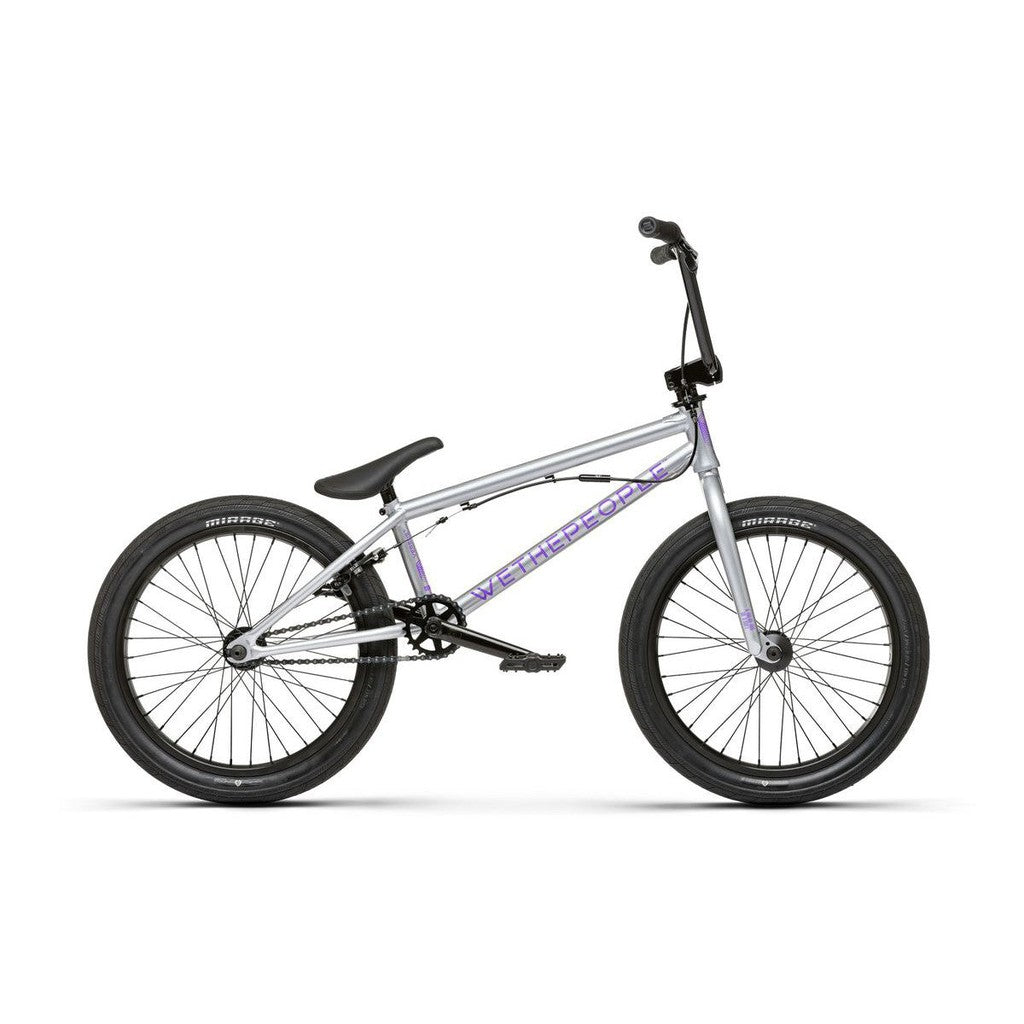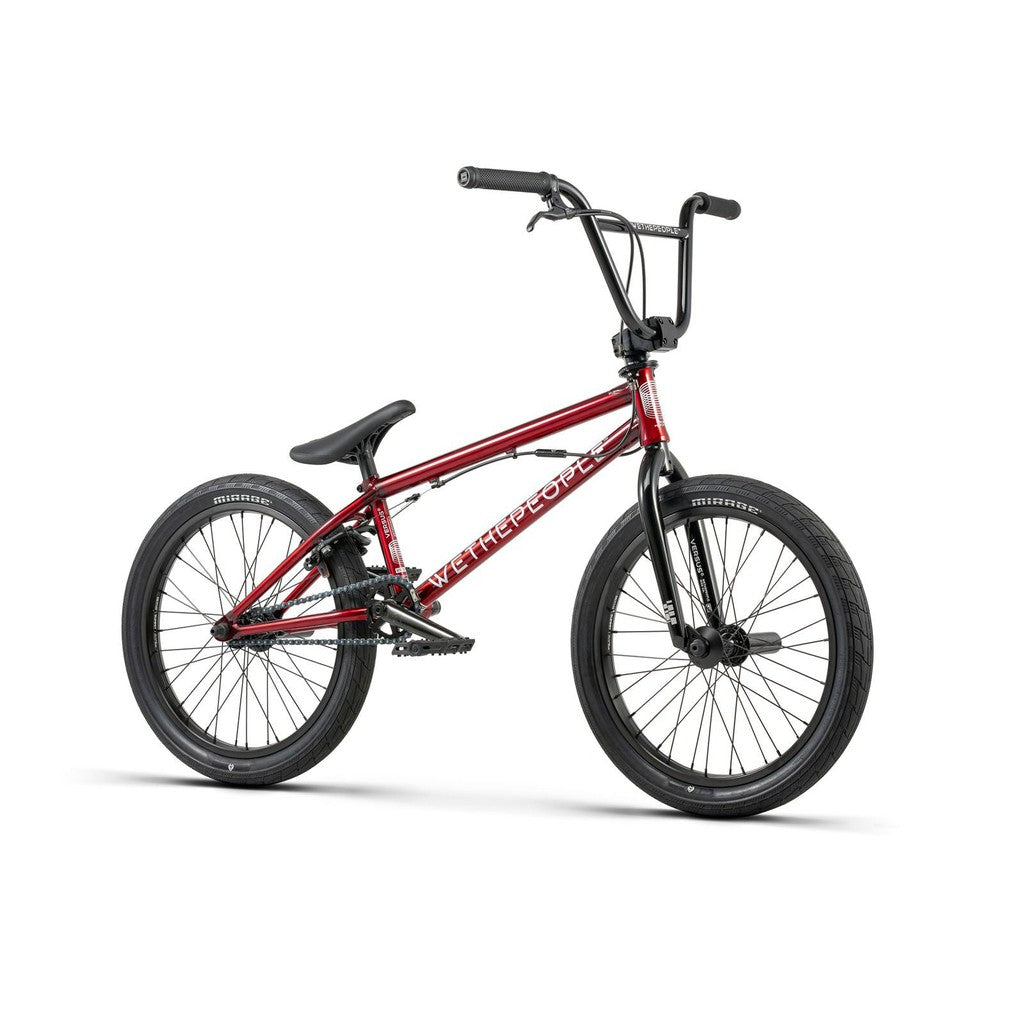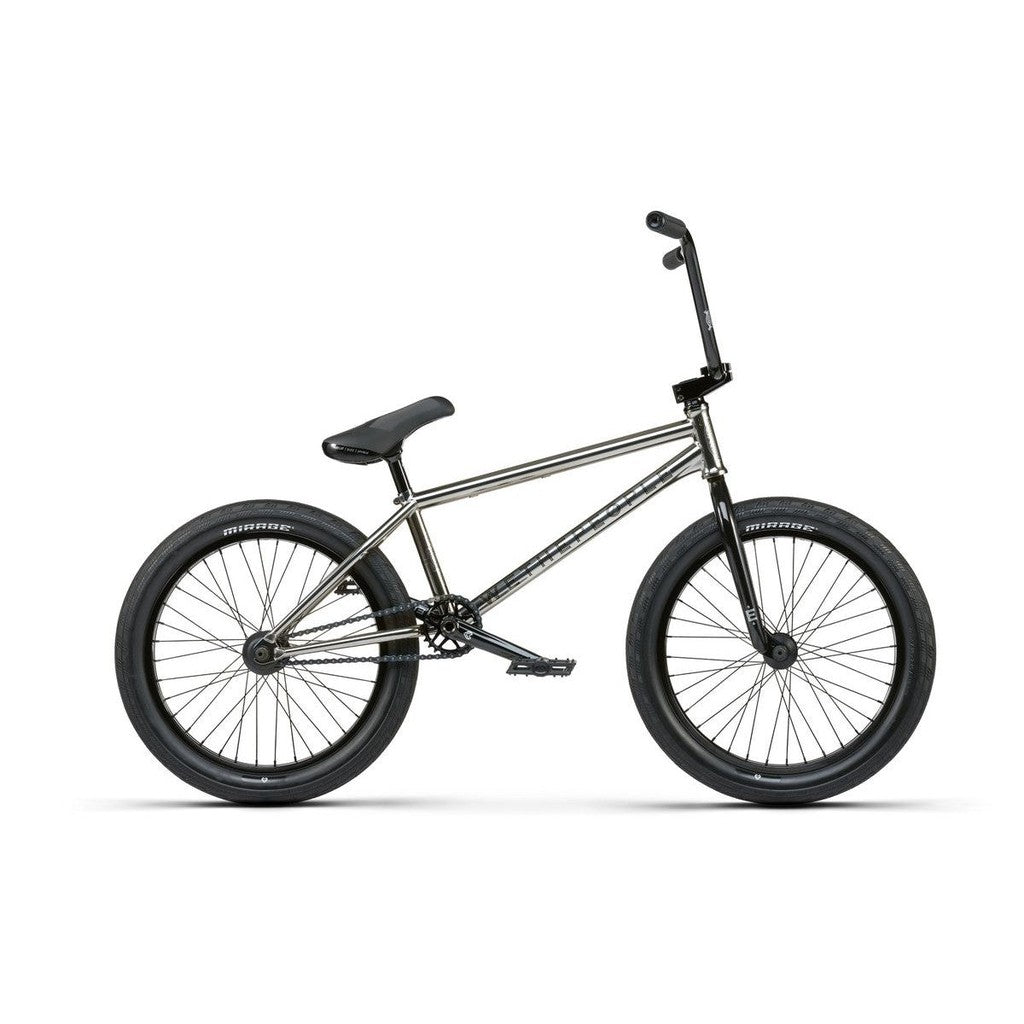BMX History
BMX began in the late 60s and early 70s, evolving through years of fine-tuning in geometry and materials to become what it is today. BMX bikes now cater to multiple disciplines and sizes.
Choosing Your Discipline
Decide what type of BMX riding you're interested in:
- Race: If you want to race, get a dedicated race bike. These bikes are lighter for quicker acceleration and maximum speed.
- Freestyle: Ideal for street, dirt, or skate park riding, as they are built for durability and versatility.
- Unsure/General Riding: If you just want a bike for general riding around the neighborhood, a freestyle bike is a great option due to its versatility.
Choosing the Right Wheel Size
Selecting the right wheel size is crucial for comfort and performance:
- Children (10 and under): Bikes range from 12", 14", 16", and 18" wheel sizes. These sizes are based on height and age as general guidelines.
- Dedicated Race Bikes: Sizes are labeled as micro, mini, junior, expert, and expert XL.
- Balance Bikes: Recommended for riders 3 years and younger.
- Teens and Adults: Most BMX bikes use a 20" wheel size, which is standard for both racing and freestyle. Riders under 5 feet tall to over 6 feet tall can find suitable 20" bikes.
- Cruisers: For more comfort, consider BMX cruisers with 22" to 29" wheels. They are ideal for riders who feel cramped on a 20" bike, though they are heavier and less maneuverable.
Choosing Your Top Tube Size
The top tube length determines the bike's frame length:
- Top Tube Length: This measurement is listed on each bike's product page. It helps determine which bike will fit the rider best.
- Sizing Chart: Refer to the sizing chart on the LUXBMX website for a quick reference based on rider height.
Selecting Features
Now that you've narrowed down your options, it's time to choose the features:
- Materials:
- High Tensile Steel: Found on entry-level and smaller bikes; durable and cost-effective.
- 4130 Chromoly: Preferred for freestyle BMX bikes due to high strength and durability.
- Aluminum: Ideal for race bikes due to low weight and rigidity; also a good option for children's bikes.
- Sealed Bearings: Look for sealed bearings in the bottom bracket, headset, and wheels for extended longevity.
- Additional Features: Consider bikes with pegs, hub guards, sprocket guards, or a free coaster hub for added value.
Conclusion
Every bike listed on the LUXBMX website includes detailed features and specs to ensure you know exactly what you're getting. If you have any questions, please contact our customer service department by phone or email for assistance. Happy shopping, and enjoy your new BMX bike!

